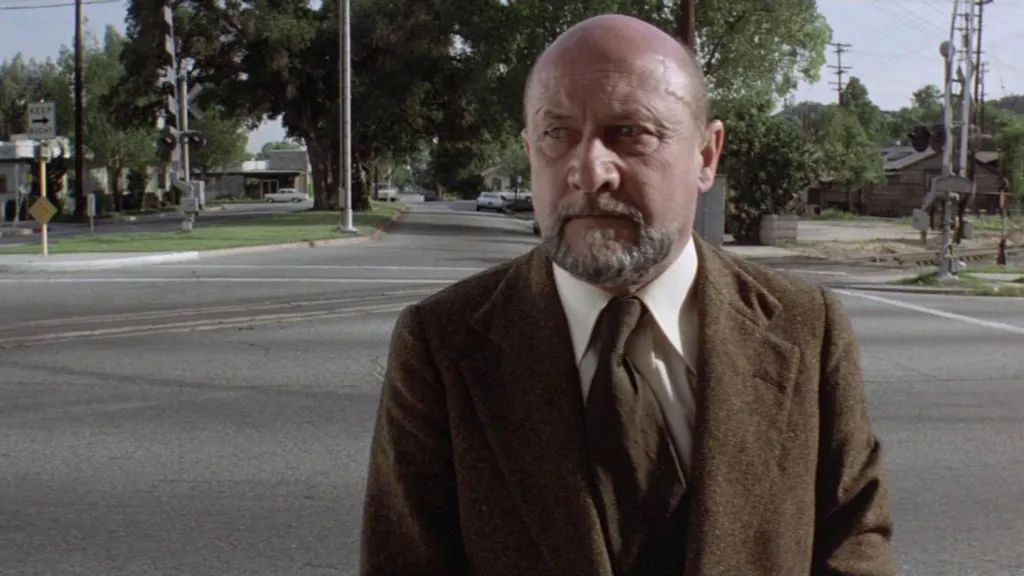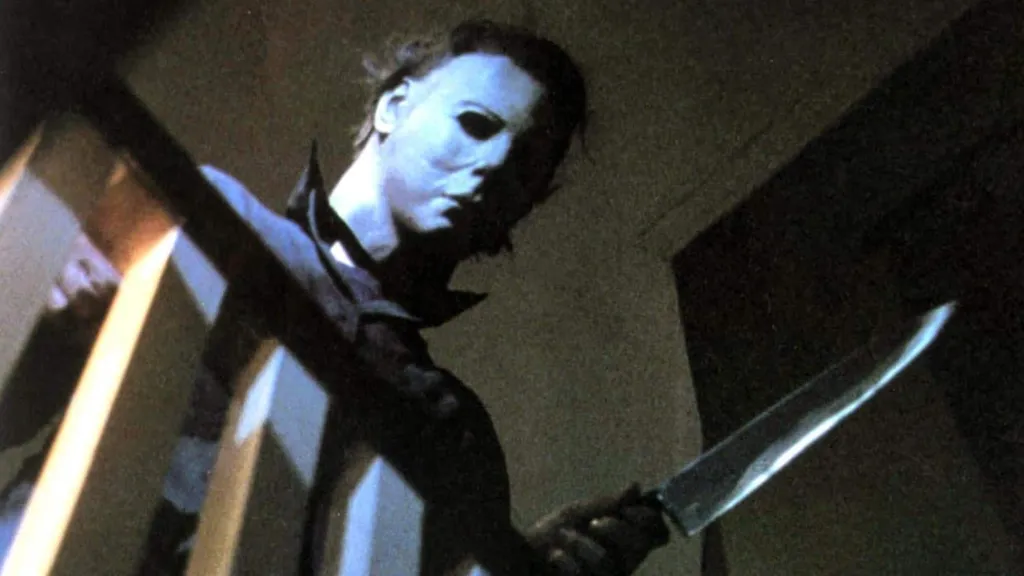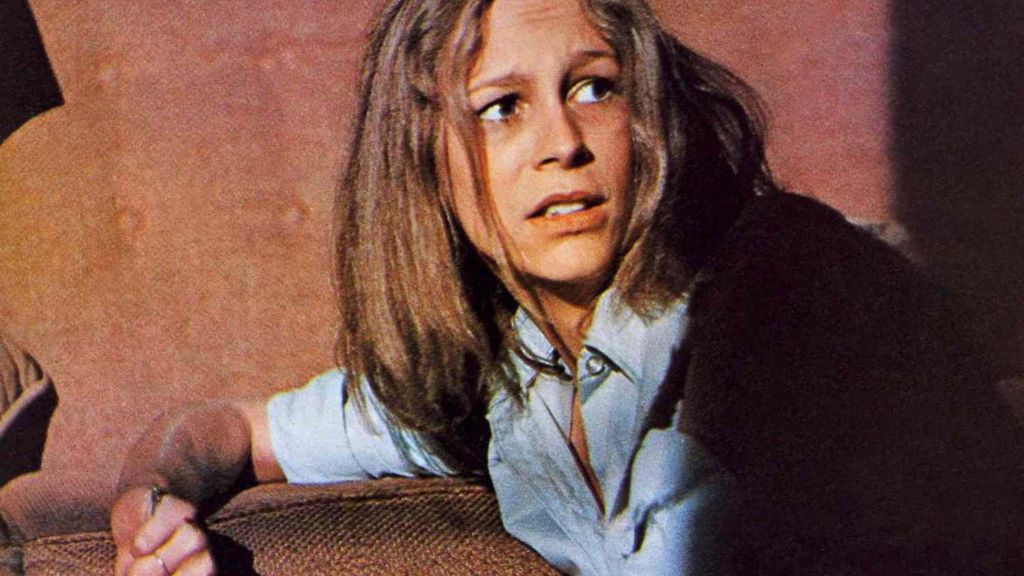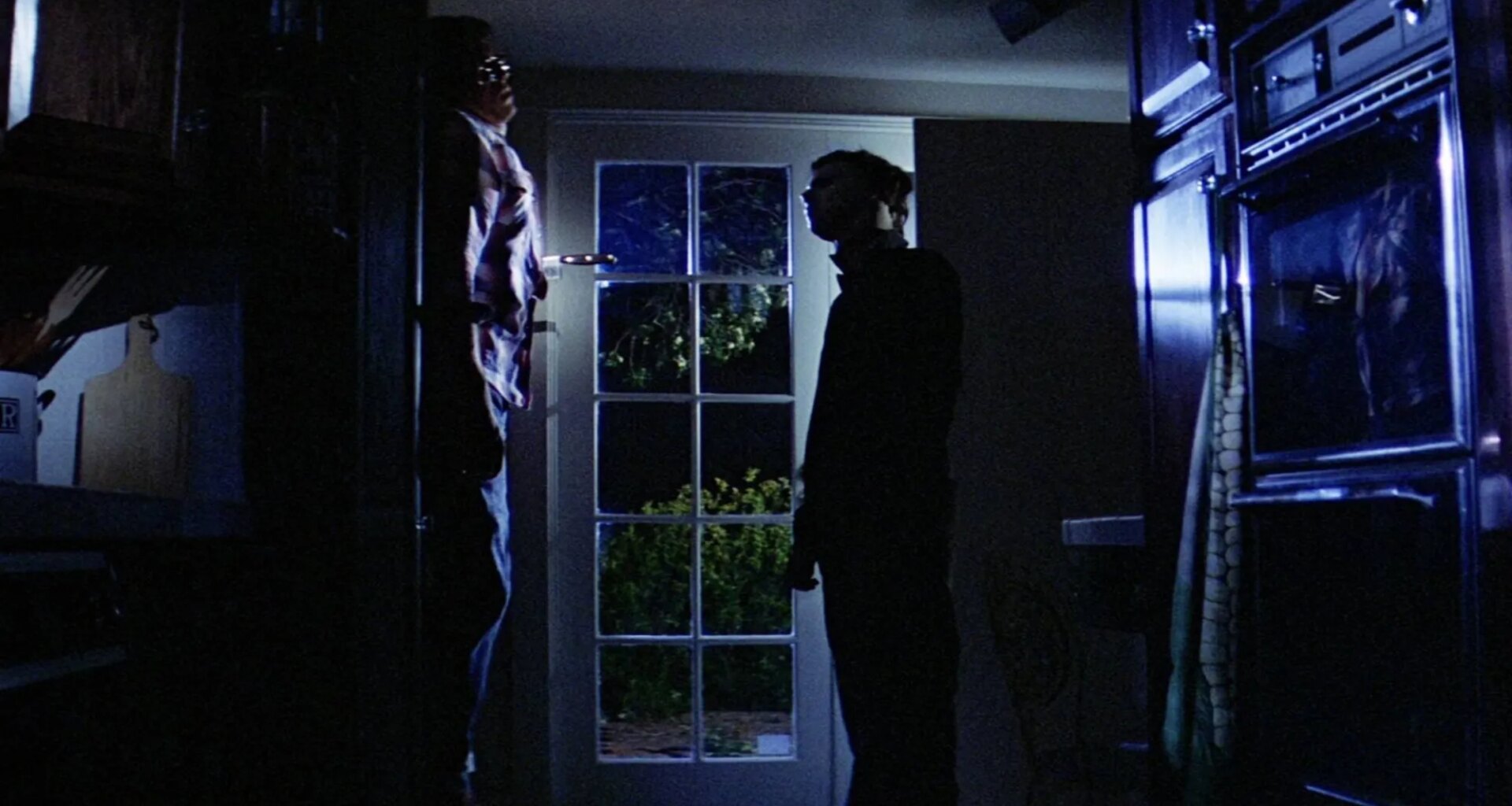John Carpenter helmed two perfect films throughout his directorial career. Now, never say never to him returning to direct another movie, but it’s been an awfully long time since The Ward and an even longer time since the last movie that actually felt like it was one of his, Ghosts of Mars. One of those perfect films was The Thing, which was pretty far from properly appreciated at the time of its initial release. Thankfully, in time, reputation for that sci-fi body horror classic has immeasurably increased. Then there’s the movie that immediately announced him as a true master of horror: Halloween.
A massive box office success that inevitably led to a slew of sequels, some of them quite good, Halloween was seen as a masterpiece then (even by those who would go on to trash every single other slasher released in the wake of its success) and continues to be seen as a masterpiece now. But what makes it such a top tier entry in the horror genre? Let’s unpack its perfection.
Michael Myers Makes His Presence Known to the Audience Without Even Striking
 image courtesy of compass international pictures
image courtesy of compass international pictures
What’s great about Carpenter’s classic is that it appeals even to those who feel squeamish during horror films. Why? Because, unlike Rob Zombie’s two movies or David Gordon Green’s trilogy, there is practically no blood.
In the first film Michael Myers, or “The Shape,” is just a man who broke out of a mental health clinic and returned to the town in which he spent his first six years. Once back there, he spends a good chunk of he movie just lingering, be it outside Laurie Strode’s classroom, by the clotheslines outside Strode’s family home, or driving behind Dr. Loomis as he talks to Sheriff Brackett at the recently broken into hardware store.
Even if we hadn’t received the brilliant gut-punch of an opening scene, where we see through his eyes a six-year-old Myers brutally kill his sister, we would know he’s dangerous. Carpenter’s ominous score informs us of the threat he poses, but so too do his vacant mannerisms. He’s just there, watching. Any person can do that, and that’s what is so frightening.
The Mask & the Benefits of Simplicity
 image courtesy of compass international pictures
image courtesy of compass international pictures
There are quite a few horror masks that really stand out in the history of the genre. The “Hag” mask in Curtains, the Ghostface mask from Scream, the animal masks from You’re Next, they’re all effective. But the only one that gives Michael Myers’ white-painted William Shatner mask a run for its memorability money is Jason’s hockey mask.
It was both a stroke of luck and an ingenious decision to take a mask of a normal face and paint it white. It really shouldn’t work it’s such a simple notion. It places Myers somewhere between a ghost and a flesh-and-blood human which, to a certain extent, he is. Like with most other things in the movie, the iconic nature of the mask is indicative of how, in the case of the ’78 film, every last thing clicked into place.
Like how painting a face white is a simple notion that paid off, every other factor that works about the film (which is everything) is a result of how this film was a subgenre in its infant stage. Halloween and Carpenter are not burdened with the task of trying to one-up what came before, because all that really came before was Psycho and Peeping Tom.
And while they are given a certain amount of credit in giving birth to the slasher subgenre (as was The Texas Chain Saw Massacre) it was really Carpenter’s film that pulled that off. You drink or smoke pot? You die. You get in your car to drive off and have sex? You die. Those are important traits in the subgenre that were established here.
The Casting
 image courtesy of compass international pictures
image courtesy of compass international pictures
Then, of course, there is the Jamie Lee Curtis factor. There’s a reason she stuck to horror for a while after this and it’s not just because the role of Laurie Strode made her a star. It’s because she was and remains a naturally comforting presence on film. Whether it’s the boogeyman, vengeful leper ghosts, or a mask-swapping killer on a train, she’s the definitive horror everywoman. On the page, Laurie is a decently fleshed-out individual. She has agency and rarely displays a cliche that even other iconic “Final Girls” have displayed. But it’s Curtis who takes the character and makes her feel like a human being, one who we really want to see survive the night and aren’t always sure will (outside of knowing there are sequels, of course).
Donald Pleasence is just as compelling as Dr. Loomis, a man who has devoted a massive chunk of his career to one patient with whom he hasn’t been able to make any progress. Not because of a lack of skill on his part, but rather because there is simply nothing to work with. Loomis’ frantic warnings to those around him let us know that, even if his “he’s not a man” exclamations are mere excited, fear-based proclamations, we are still dealing with someone with no limits when it comes to morality, or rather a lack thereof.
Lastly, there’s the supporting cast. Nancy Kyes is often quite funny as Annie, P. J. Soles is a lovable goofball as Lynda, and Charles Cyphers makes for a perfect warm (soon to be devastated) small town sheriff. We love the people of Haddonfield, Illinois just as we love the iconic, Fall-coated look of Haddonfield, and we’re subjected to the sight of one of its streets being terrorized. No sequel has ever been able to top Halloween because, quite often, Halloween doesn’t even feel like a movie. It feels like a genuine night of terror, and we’re just along for the ride. Fortunately, we’re comfortably seated on our couches, away from Myers and his vacant stare and sharp blade.
Stream Halloween on AMC+.
Is Halloween your favorite horror movie? Let us know in the comments.
